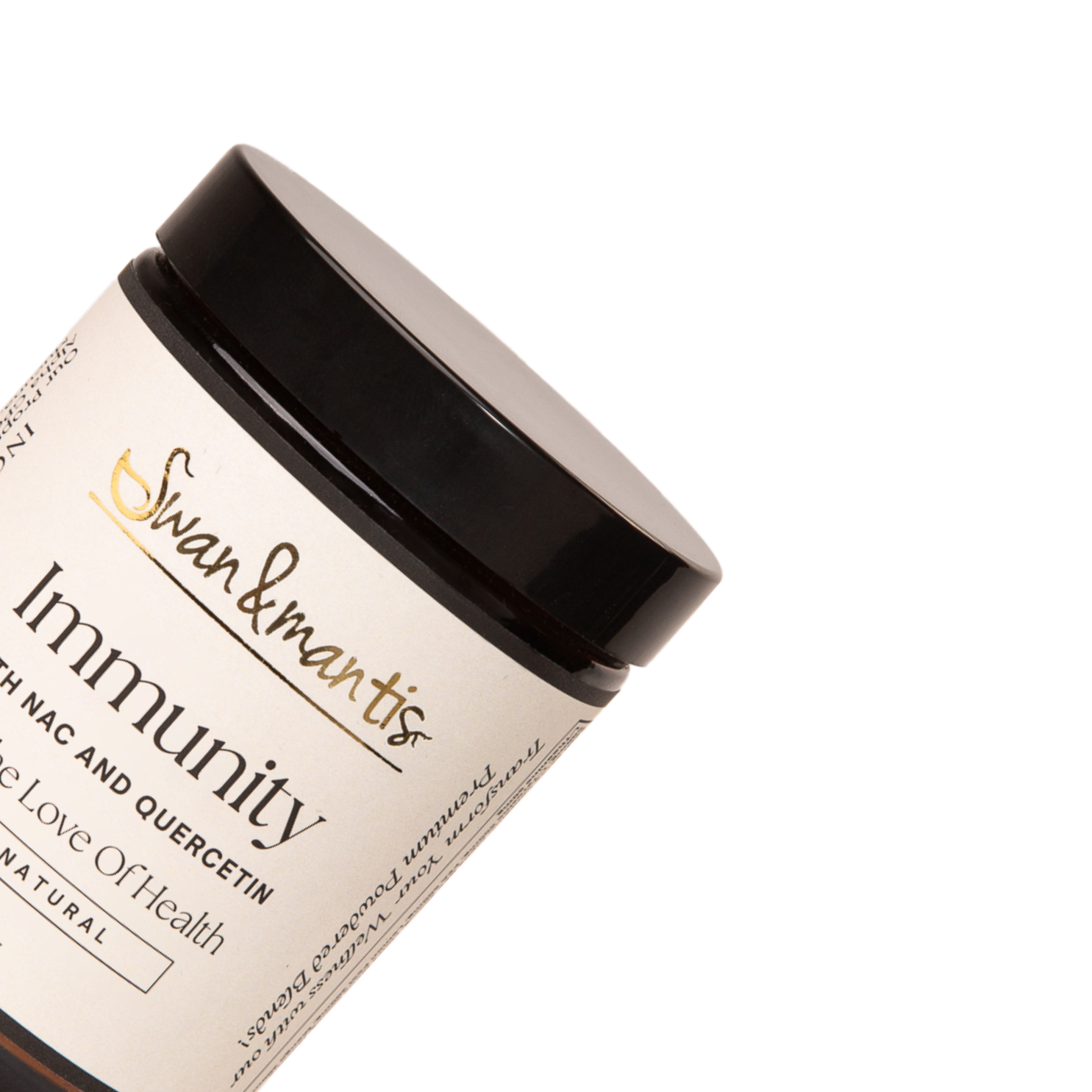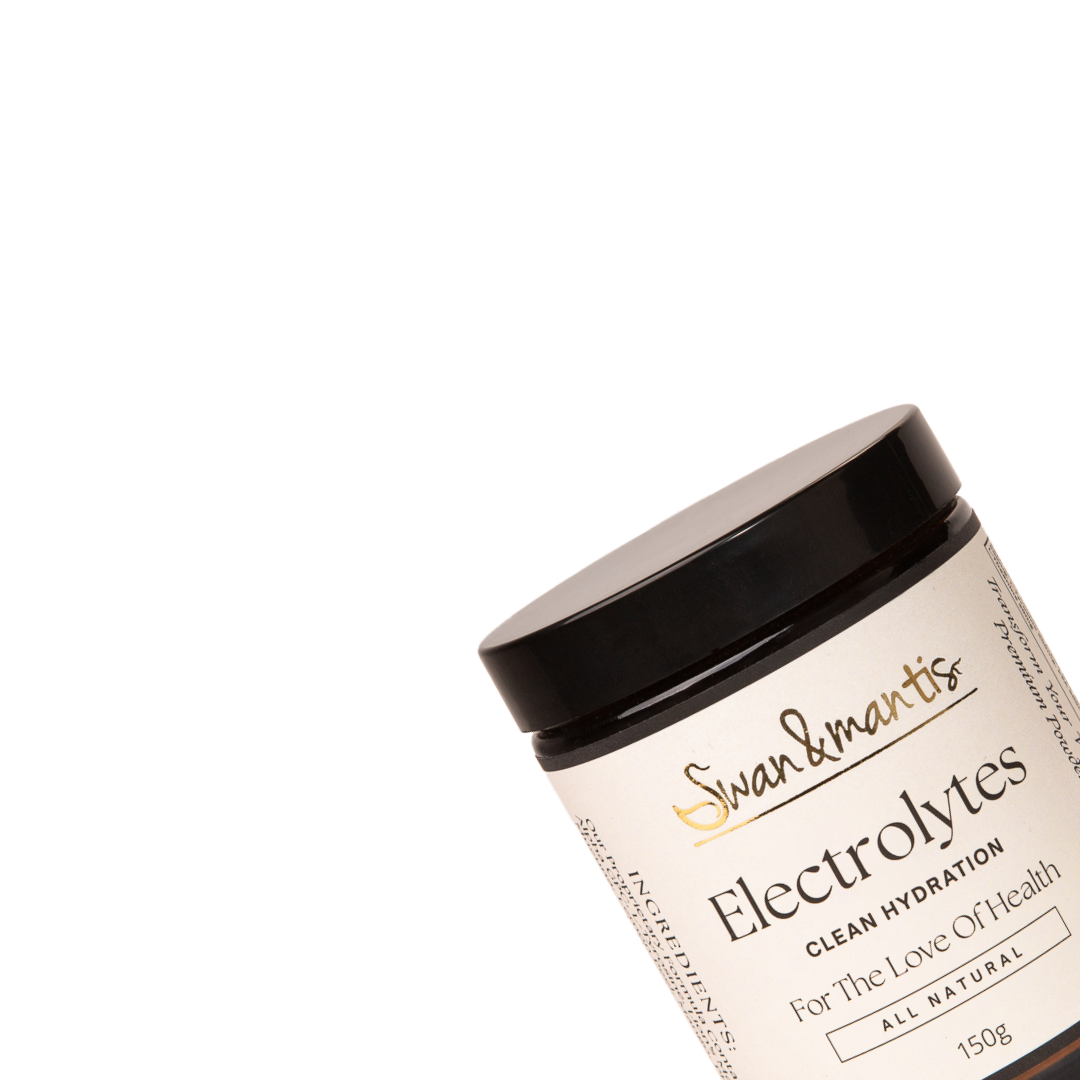Cat's Claw
Cat's Claw
Uncaria tomentosa
COMMON NAMES
Cat's Claw
Garabato
Saventaro
Una De Gato
Traditional herbalist and indigenous healers or shamans in South America make wide use of the herb called the cat's claw in their remedies. All types of infectious diseases, many cancerous disorders and inflammations are normally treated using the cat’s claw herb by the Ashaninka Indians of Peru; in their view this herb is a powerful and effective "health-restorative" herbal medication. The herbal cat's claw based remedies are marketed essentially as an alternative preventive natural medicine in the west and the western pharmacopeia classifies the herb as an alternative treatment option for the treatment of disorders such as cancer, the human immuno-deficiency disease or HIV and to treat all other infections in the body, in the West it is also used in the treatment of disorders such asarthritis, symptoms of asthma and ulcers - and other long term or persistent inflammatory illnesses.
Traditionally derived knowledge, case reports and trails conducted without controls are the main basis for the many published sources for human evidence that supports the use of cat's claw based remedies in the treatment of arthritis and HIV - these result have not been confirmed in scientific and controlled double blind studies. The very significant anti-oxidative effects, the anti-mutagenic nature, the anti-neoplastic effect and the anti-inflammatory action of the cat’s claw herb have been confirmed in many results, gleaned from extensive animal and in vitro trials - the mode of action of the herb in bringing about these effects are still not well studied and the actual action of the herb still awaits explanation. The harmless and low toxic nature of the herb is confirmed from the latest evidence derived from studies conducted till date, the result show that the cat's claw is reasonably safe as far as human use is concerned. At the same time investigations indicate, some mild side effects such as intermittent diarrhea or persistent constipation occurring on a regular basis might just affect some individuals taking the herb - in any given population, therefore, the herb is not without some side effects. In addition, the actual and potential effectiveness of many commercial herbal medications based on the herb may be skewed or limited by several factors. The safety and efficiency of the herb is affected by the alkaloid content of the herb according to some recent studies, these investigations point out that qualitative and quantitative differences particularly in the level of alkaloids may limit the power of the remedy. The hypothesis is controversial and not proven as yet, moreover, not a single piece of
evidence from a thorough clinical study supports the view of alkaloid content limiting efficacy, and no results as such are published in the clinical literature.
PARTS USED
Bark, root, leaves.
USES
The dosage specific data for the aqueous-alcoholic extracts given here are for dosage equivalent of 80 - 240 mg of the remedy per day, throughout the duration of the treatment period.
Some of the remedial properties of cat’s claw were established during a placebo controlled trial involving twenty four test subjects, during a study period that lasted forty days-in this study, the mutagenic characteristic of smokers urine was seen to be reduced or negated by the cat’s claw remedy, the same results were observed during a further case study which involved a testing group with only two subjects, and which went on for a study period lasting fifteen days - thus, in both trails the anti-mutagenic effects of the cat’s claw were found to be confirmed.
In continental Europe, clinical use of the cat’s claw herb is being made as a supplementary remedy or adjunct to some kinds of conventional therapies for the treatment of tumors in the brain - the herb is being used even though beneficial effects are based only on results from trials without blind controls and similar case studies, cat's claw is being used clinically particularly in the treatment of brain tumors like ependymoblastoma and astrocytoma. The cat’s claw is believed to have helped maintain the remission from the tumors, as per results from a study over nineteen months involving more than seventy eight patients affected by tumors in the brain. The herbal remedy is also being employed in some studies to help maintain the remission rate, and it also aids in arresting the uncontrolled growth of the tumor. The cat’s claw herb is also used as an agent to reduce the side effects accruing from the use of conventional chemical therapeutic agents in one clinical study of over nine years standing involving fifty three patients in various stages of remission. The cat’s claw based herbal remedies have also been used in the treatment of disorders and diseases such as leukemia or blood cancer, in the treatment of glioma, in treating cervical carcinoma and adeno-carcinoma, it has been used in trails against testicular teratoma, and in clinical trails against skin cancer - melanoma and in the treatment of medulloblastoma in all kinds of patients under different studies.
In many HIV patients who are asymptomatic, the herbal remedies based on the cat's claw are used as an adjunct or secondary treatment to the primary treatment involving the chemical zidovudine or AZT, the herbal remedy helps primarily in maintaining the CD4 counts in the patients and such secondary doses of the herbal
remedy are also believed to lead to an promotion of improved CD4 counts even in patients with symptoms according to the results of a test conducted on fourteen HIV positive patients in a clinical study lasting thirty months at a stretch.
Lymphocyte counts were normalized in thirteen HIV positive patients who had refused all conventional therapy, and used the remedy based on cat's claw herb alone, during a trial that lasted five months - other effects which were observed in the study included a reduction in the establishment of other well known opportunistic infections common to HIV positive patients such as the recurrentherpes simplex infections and many other fungal infections - that normally add to the health issues faced by HIV positive individuals before the onset of full blown AIDS.
The symptomatic outbreaks of the herpes virus can also be alleviated and reduced in intensity by the herbal remedies derived from the cat’s claw herb.
Disorders such as arthritis are treated using the anti-inflammatory properties of the cat’s claw herb, in such treatments , the herbal remedies made from the cat’s claw are at times used by itself are in conjunction and supplementary to certain conventional analgesics. The cat’s claw herb is used primarily to rid the symptomatic stiffness and swelling in the joints which are typical of arthritis and aids in reducing the need and the frequency of conventional drug dosage. The beneficial affects and pain relieving properties of the cat’s claw was confirmed on six arthritic patients, who were given conventional remedies and the cat’s claw, over an eighteen month study period, similar results were also obtained in seventy arthritic patients who were given the same types of dosages during a clinical study lasting nine weeks. The ability of the cat’s claw herb in treating inflammations in the respiratory system as well as the gastrointestinal system have been confirmed in many pilot studies.
The ability of the cat’s claw herb in protecting tissues against inflammation during acute and chronic inflammatory responses is confirmed from many animal and in vitro studies conducted to test this property; the herb can protect against stress induced ulcer formation and is also effective in shielding the body against NSAID enteropathy in individuals susceptible to such reactions. In many in vitro studies as well as in animal tests, the herb has been verified as having a very effective immuno stimulant action and is also characterized by strong anti-infectious powers. Anti-mutagenic properties and immuno modulator abilities possessed by the herb have also been confirmed in many in vitro studies carried out under stringent laboratory testing conditions. A powerful antioxidant action as well as a strong anti-neoplastic property is also seen in the cat’s claw. In in-vitro studies, the cat’s claw has been demonstrated to possess strong antiviral actions against RNA viruses - which are the causative agents for many destructive diseases in man. The contraceptive property of the cat's claw is suspected and is still to be verified in scientific tests. Further therapeutic actions and roles for the cat’s claw
herb have been identified in many recent in vitro studies, the results from these test indicate that the herb can actively inhibit the formation of amyloid fibrils and reduce the growth of such fibrils, if these properties are proven, than disorders such asAlzheimer's disease and diabetes mellitus may also be treatable using the cat’s claw herb as a remedy.
Traditionally the peoples of Central and South America have made extensive use of the leaves, the stems, the roots and the bark of the cat's claw herb in the role of an inflammation reducing medication, they have used the herb as an immuno modulating agent and as a vulnerary remedy. Disorders and conditions of many types have been traditionally treated using the herb, the various conditions treated include rheumatism and asthma, arthritis and all types of cancers, they have made extensive use of the herbal remedy in the treatment of persistent fever, they have used the herb in the treatment of many types of infectious diseases. The herb has also been used as a topical agent against external and internal problems such as skin or oral abscesses and all kinds of physical wounds, it has been used to soothe "bone pains," and to treat skin impurities as an herbal detoxification agent, it is used in the treatment of urinary tract infections and to treat physical weakness in frail individuals. The herb is used in the treatment of internal hemorrhage and used in the postpartumrecovery action to heal excessive bleeding in internal areas of the body, as a prophylactic agent, the cat’s claw is used as a preventive herb against various diseases and is used as a general agent to achieve "normalization of the body" in metabolically frail individuals. As an internal medication the cat’s claw has been used as a detoxification agent to purify blood, it is used to cleanse the renal system, women use it as an herbal menstrual cycle regulator and some have even used it in the role of an herbal contraceptive agent.
Besides those uses mentioned, common disorders such as dysentery and diarrhea, stomach problems and inflammation in the bowels are also treated using the cat’s claw as a remedy, the herbal remedies based on the cat’s claw are also used to eliminate gallstones in the body of affected individuals. The main therapeutic uses and claims specific to the cat’s claw in the North American herbal market, is the use of the cat’s claw mainly as an herbal remedy for the treatment of various inflammatory and autoimmune disorders, and serious diseases such as HIV and as a herbal treatment for various cancers in the body.
Other medical uses Breast cancer, Endometrial cancer, Kidney cancer, Lung cancer.
CONSTITUENTS
Cat’s claw has been chemically analyzed and possesses many useful compounds; pharmacological activity has been detected in both in vitro and in vivo studies for the following compound extracted from the herb. The major chemical constituents of cat’s claw herb are believed to be the class of chemical compound called
alkaloids - which are often found in many plants. Depending on the part of the plant in question, the content of oxindole alkaloid varies to a great extent, the content of these compounds also depend on the chemical trace, it may also be influenced by the type of herbal product and the time the collection was made and the processing involved. Chemical analysis of the cat’s claw has shown the presence of two distinct chemo types of alkaloids - the first one consist of compound having predominantly pentacyclic oxindole alkaloids in their make up and the second calls of compounds has tetra cyclic oxindole alkaloids as the major constituent in the compound. The two chemotypes occur in different amounts in different parts of the plant and for the root bark the amount of the pentacyclic alkaloid chemotype in the average alkaloid content is 1 to 2 per cent of the total, these compounds are primarily such class of chemicals as pteropodine, which makes up about 25 per cent of the total pentacyclic oxindole alkaloids in the root, at the same the content of compound mitraphylline is about 25 per cent in the root bark extracts and a further 20 per cent of the compound speciophylline is also present. Trace amounts of the tetracyclic oxindole alkaloids, primarily the chemical compounds called rynchophylline and isorynchophylline along with indole alkaloids such as akuammigine, the compound dihydrocorynantheine, the compound hirsuteine and the compound hirsutine are also present in the root bark of cat’s claw. The cat’s claw stem bark has a different set of chemicals and it is composed of about 0.5 per cent of the pentacyclic oxindole alkaloids, the main compound up to forty per cent being the chemical called isopteropodine and the chemical speciophylline at 30 per cent. Trace amount of other the tetracyclic oxindole alkaloids are also seen in stem bark of the cat’s claw, these are primarily the chemicals rynchophylline and isorynchophylline, along with these the indole alkaloids such as the hirsutine, the compound hirsuteine and the compound dihydrocorynantheine are also found. Taken as a whole plant, the cat’s claw also contains many other classes of chemical compounds which include the quinovic acid glycosides, the class of compounds called the triterpenes, compounds such as oleanolic acid and ursolic acid, the class of chemical compounds called proanthocyanidins such as the variants the B1 form, the B2 form, the B3 form, B4 and A, organic compounds like the flavonoids, and plant tannins which make up approximately 20 per cent of the chemicals in the plant. Sterols and a variety of other chemical compounds have also been found in traces in the plant tissues.
USUAL DOSAGE
The bark of the cat’s claw stem can be used in the preparation of an effective herbal decoction for use in the treatment of many different disorders, prepare this decoction by heating about 28g of the stem bark per liter of water, for about fifteen minutes at a temperature of 85°C. This herbal decoction from the cat’s claw herb can be used as a prophylactic medication for the prevention of various diseases. Dosage of the herbal decoction can be a cup of the remedy of about 250 ml taken
once every week. For long term use in the prevention of diseases, drink at least one liter of the herbal decoction every day for a minimum treatment period of three months continually. Cat’s claw is also well known for the herbal decoction made from the bark of the root, this can be prepared using about 20 g of the root bark per liter of water; heat the bark in the water for about forty five minutes at a temperature of 85°C. After heating it for the time given, the decoction can then be left to cool for about ten minutes and then subjected to filtering to rid the liquid of impurities. Ideally the root bark decoction must be diluted in hot water at a ratio of 1:1. The dosage requirement for people varies with the age of the individual and the decoction can be given in the following doses for different age groups. All patients who are thirteen or above can be given doses of the herbal decoction at 60 ml mixed with another 60 ml hot water per dose on a daily basis. Patients who are below thirteen and in the age group of ten to twelve can be given doses of 50 ml herbal decoction mixed in an equal amount of hot water per dose, everyday. For patients who are below ten and in the 7 to 9 age group, the dose can be 30 ml of the herbal decoction mixed in the same volume of hot water per dose, daily. For young children in the 3 to 6 age group, the dosage can be 20 ml of the herbal decoction mixed in the same amount of hot water per dose daily. The other remedy made from the cat’s claw is a solid extract derived from the bark of the root, dosages of this remedy for a single person can be 20 - 60 mg of the extract taken once every day - this dosage requirement is with respect to the use of 4:1 aqueous or acidic aqueous root bark extract which has been pre-standardized in the laboratory. The remedial properties of the root bark are also compared to the stem bark and this is supported by the majority of clinical evidences, the higher alkaloid concentrations of root bark may be the reason for its greater beneficial properties. During a recent market product survey conducted in North America, all the cat’s claw products were measure for chemical composition and a very varied range was seen in the levels of total alkaloids and pentacyclic as well tetracyclic oxindole alkaloids contained in different products - this is despite the fact that most marketed products were advertised as having standardized herbal extracts - the disparity was very great and in some products up to 80% of the active chemical content was made of tetracyclic oxindole alkaloids alone.


